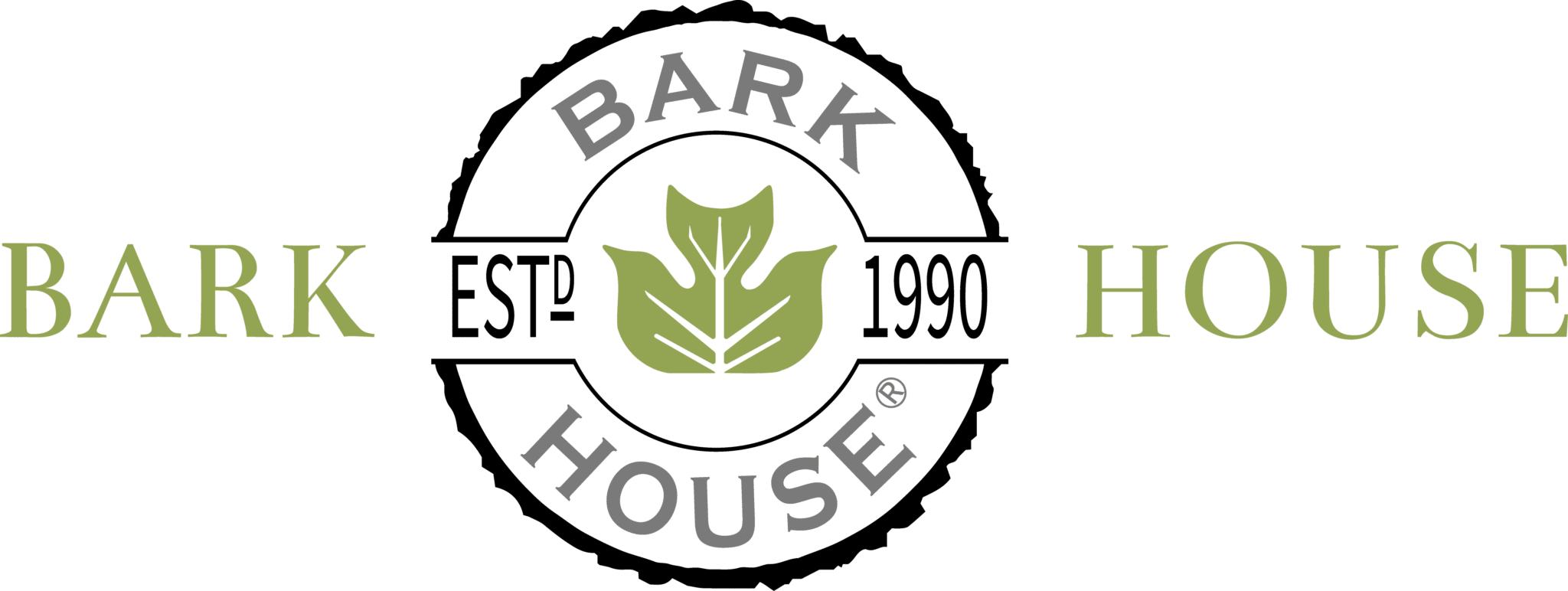Why Choose Wood When Evaluating Sustainable Siding Options
Luxury designers looking for sustainable siding that is also beautiful may feel overwhelmed with all the options. From vinyl and metal to fiber cement, there are pros and cons to each type of product.
But nothing quite beats the ingenuity of Mother Nature herself. With stellar aesthetics and durability and a low carbon footprint, bark and wood siding are a superior choice for sustainable architecture projects.
Evaluating the eco‑friendliness of your sustainable siding product starts with a few fundamental questions:
- How was your siding product harvested?
- How was it manufactured?
- Once installed, does your siding help you meet your design goals?
- What happens to the siding at the end of its life cycle?
The Perks of Sustainable Siding Made From Bark
If sustainability is a requirement for your project, bark siding produced through a regenerative process will meet all of your criteria and more. As a natural material, bark doesn’t require toxic materials nor processes to create. And it comes with a low embodied carbon factor, or greenhouse gas emissions throughout the product’s supply chain.
While presenting all of the advantages of a natural product, bark outperforms many manmade materials when it comes to insulation and acoustic values. Finally, bark is naturally beautiful, with one‑of‑a‑kind textures and stories not found in synthetic products.
Pros:
- Sustainable harvesting
- Insulates against extreme temperatures
- Fully biodegradable
- Naturally beautiful and textured
- Adds warmth to interior spaces
- Easy to work with
- Durable
- Poplar bark is long-lasting for exteriors
- Exterior poplar is maintenance-free
Cons:
- Not the least expensive option
- Requires expert harvesting skill
Bark vs. Other Sustainable Siding Options
No other products, including fiber cement, metal, and vinyl, address sustainability concerns as spectacularly as bark and wood do. See why below.
Fiber cement siding
Made from cement, wood pulp, and silica or fly ash polymer, fiber cement siding is long‑lasting and resists mold. It’s generally considered a resource‑efficient building product because it’s made from abundant and sometimes recycled materials. But this hardly makes up for its pollution factor and finicky installation needs.
Pros:
- Low cost
- Offers a wide range of styles, finishes, textures, sizes, and configurations
- Readily available
- Able to hold its finish for a long time.
Cons:
- Trickier installation
- Moisture resistant, but not nonabsorbent
- Can move with humidity and frost
- High embodied carbon content
- Quite toxic
- Difficult to dispose of
Metal Siding
Though it’s traditionally been used in commercial applications, metal has been finding its footing in modern construction, especially due to its customizability. Shabby chic fans may even enjoy the look of weathered steel and copper. But it can feel cold—plus, if you’re not a fan of weathering, that rust may be a force to reckon with, especially on buildings in coastal areas and other damp environments.
Pros:
- Many options for color, pattern, gloss, application techniques
- Non‑porous, so it won’t absorb moisture, freeze, nor crack
- Recyclable
- Fire resistant
- Durable
Cons:
- By itself, not insulating
- High in embodied carbon
- Easily dented, especially with metals like aluminum
- Can get quite heavy
- Susceptible to rust, especially without coating
Vinyl Siding
While vinyl may be low cost and advertised as long‑lasting, as a synthetic plastic PVC material, it’s hard to make the case that it is a sustainable siding product. For starters, it’s highly toxic to both make and dispose of. Plus, you tend to get what you pay for, because products often grow brittle, fade or grow chalky in color, or even slump.
Pros:
- Low cost
- Easy installation
- No rainscreen installation required due to self‑venting properties
- Doesn’t require paints and coatings
Cons:
- Often not as durable as claimed
- Can look cheap
- Carcinogenic, contributing to poor indoor air quality
- Disposal methods tend to result in toxic smoke being released into the atmosphere
- Difficult to recycle
Getting Back to Nature
As evident with sustainable siding options made from wood vs. manufactured materials, to protect the environment, nature is just where to go to seek answers. So take your project to the next level of luxury and sustainability with bark siding.
